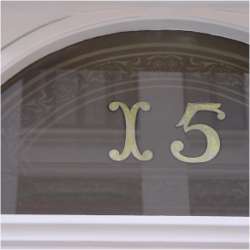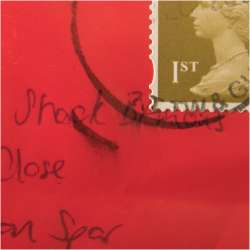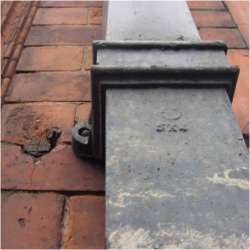 |
||||||||||||
Jewellery Quarter collection I am fascinated by architecture. I ‘collect’ architectural details with my camera, always keeping my eyes open, looking up at what other people walk straight past. I am drawn to lettering and numbers on buildings, as well as doorways and keyholes. Without digging deep, or even going inside, I can gather ideas about the buildings I walk past. I think about who designed and built them, who inhabited them in the past, and who lives or works in them now. The connections between architecture and people have always interested me. One such connection is communication between people via buildings, particularly post, postal marks and handwritten addresses. |
 |
 |
I like the contrast of printed symbol and hand drawn letter, as I do the contrast between geometric architectural lines and the numbers and lettering applied to the surface. Another influence that has made its way into this collection is my love of children’s literature, such as The Secret Garden, and Alice in Wonderland. I translate these ideas into silver jewellery. Using the architectural details I have ‘collected’ and the envelopes I hoard, I draw out by hand numbers, letters and symbols. Sometimes I use the arrangements in which I found them; sometimes I create my own compositions. |
My 'Jewellery Quarter' collection has been inspired by my current surroundings in Birmingham’s 200-year old Jewellery Quarter, as well as visits to London and Paris, Brussels and Turin. As always, my work is about adventure. I desire to explore the present, and probe into the past through what remains of it in architecture.
|
 |